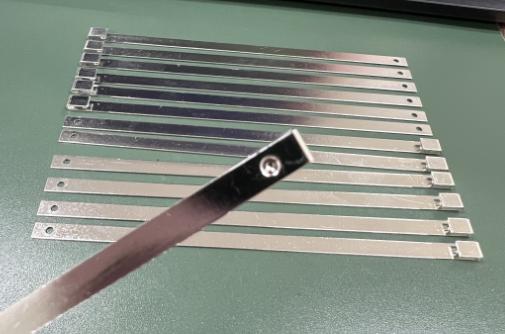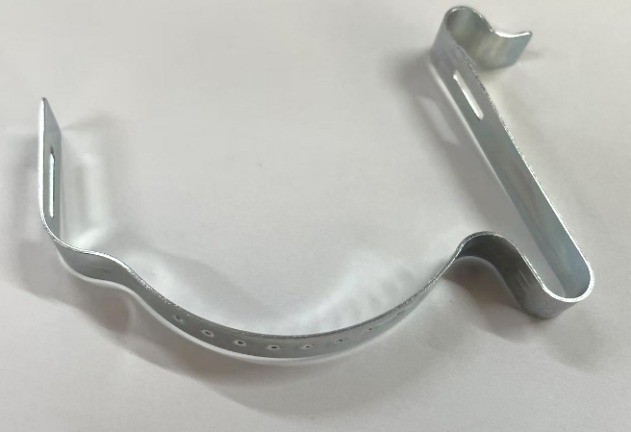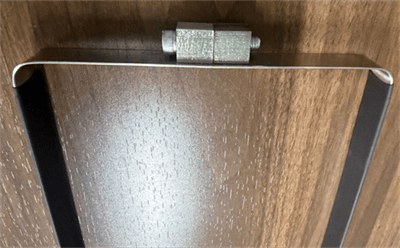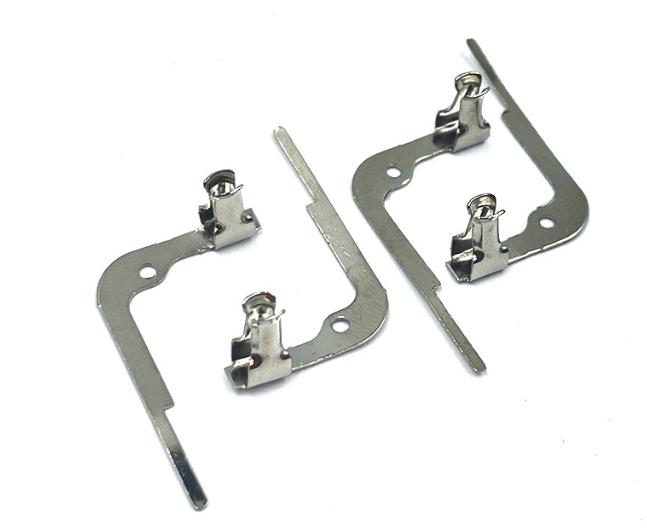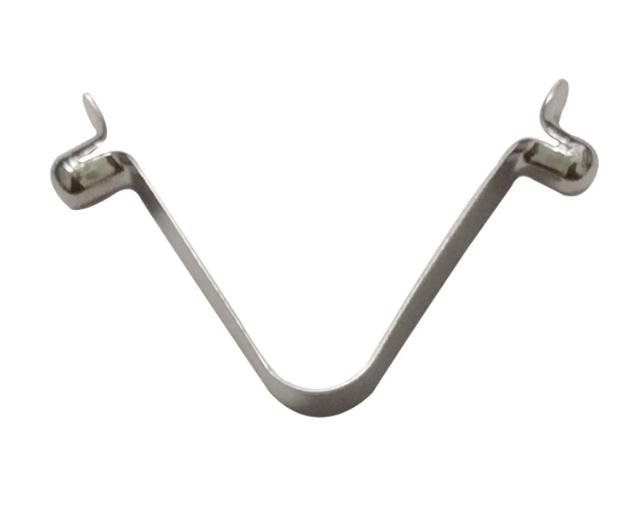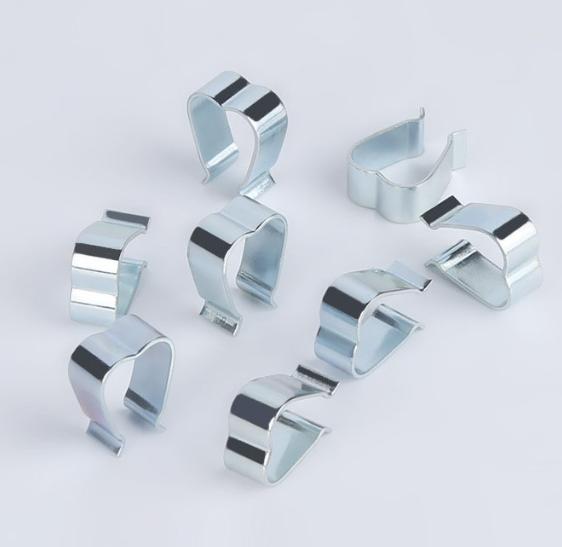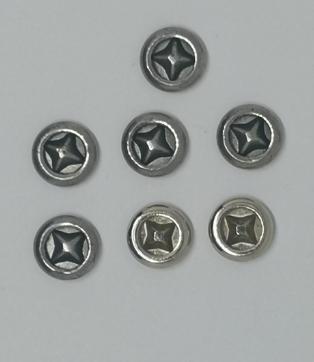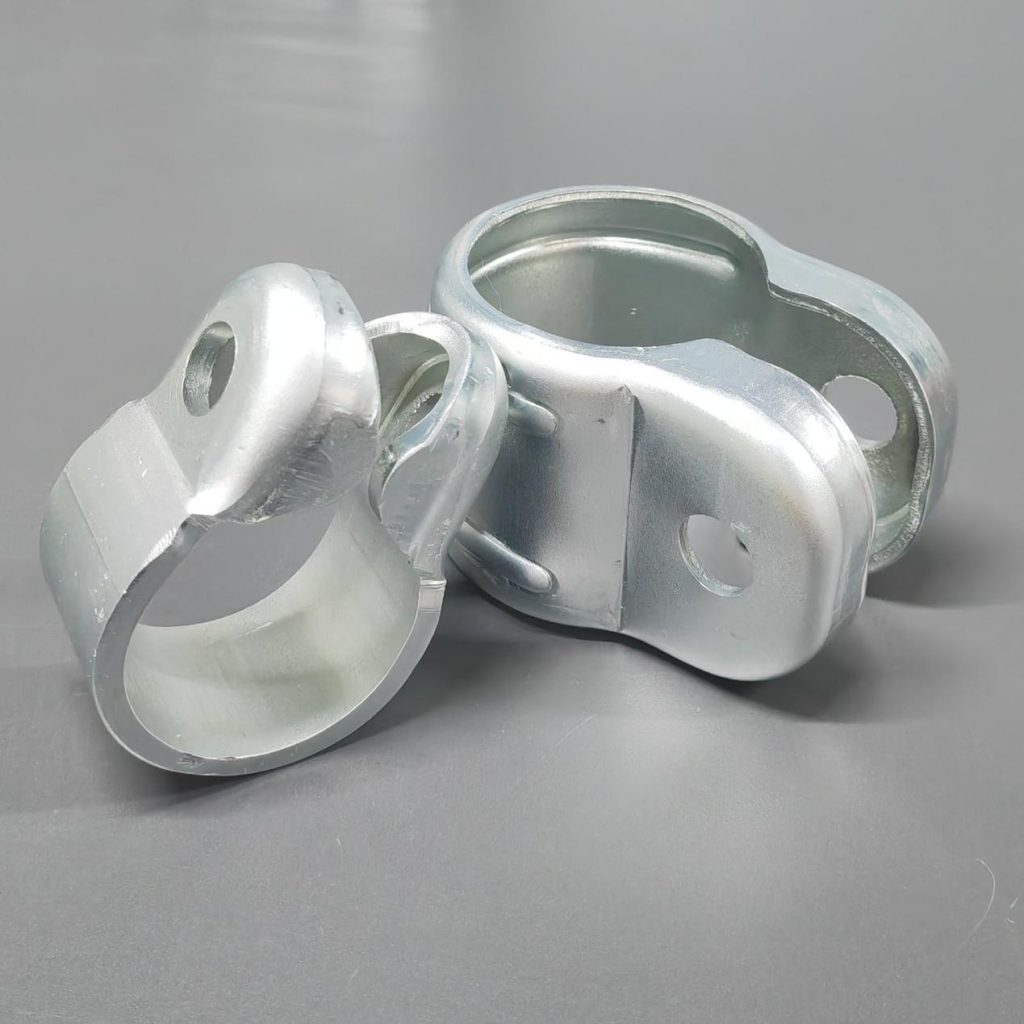Revolutionary Power of High-Strength Steel Alloys on Lightweight Metal Stamping Parts
In the field of manufacturing and engineering, the search for lightweight yet robust materials has resulted in new discoveries. High-strength steel alloys have emerged as a game-changer in the manufacturing of lightweight metal stamping parts. This article explores the transformative impact of high-strength steel alloys on metal stamping processes, delving into the properties of high-strength steel alloys and key aspects of metal stamping process with high-strength alloys.
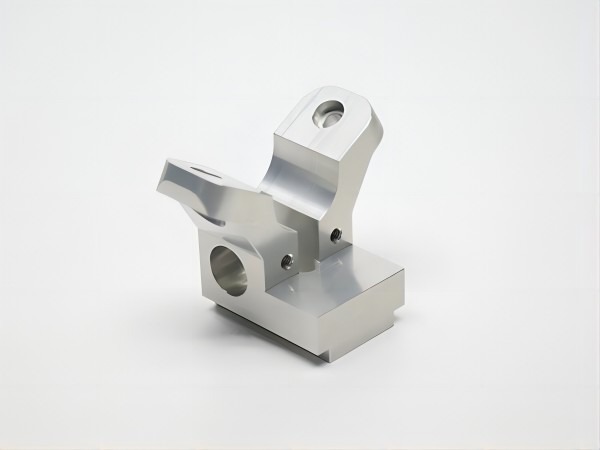
Why Choose High-Strength Steel Alloys for Lightweight Metal Stamping Parts?
Understanding high-strength alloys
High-strength steel alloys are a type of advanced material designed to provide excellent strength and durability while remaining lighter in weight than standard steel. These alloys, which contain a combination of alloying elements such as manganese, chromium, nickel, and molybdenum, are manufactured using specific methods to attain their outstanding mechanical properties.
Properties of High-Strength Steel Alloys
- Exceptional Strength
High-strength steel alloys boast tensile strengths significantly higher than conventional steels, making them ideal for applications requiring superior load-bearing capabilities.
- Reduced Weight
Despite their impressive strength, these alloys offer a favorable strength-to-weight ratio, contributing to the development of lightweight components in various industries.
- Enhanced Formability
High-strength steel alloys have high formability, allowing for elaborate shapes and designs during the metal stamping process while maintaining structural integrity.
- Corrosion Resistance
The alloying elements in high-strength steel contribute to improving corrosion resistance, assuring durability and dependability in a variety of environments.
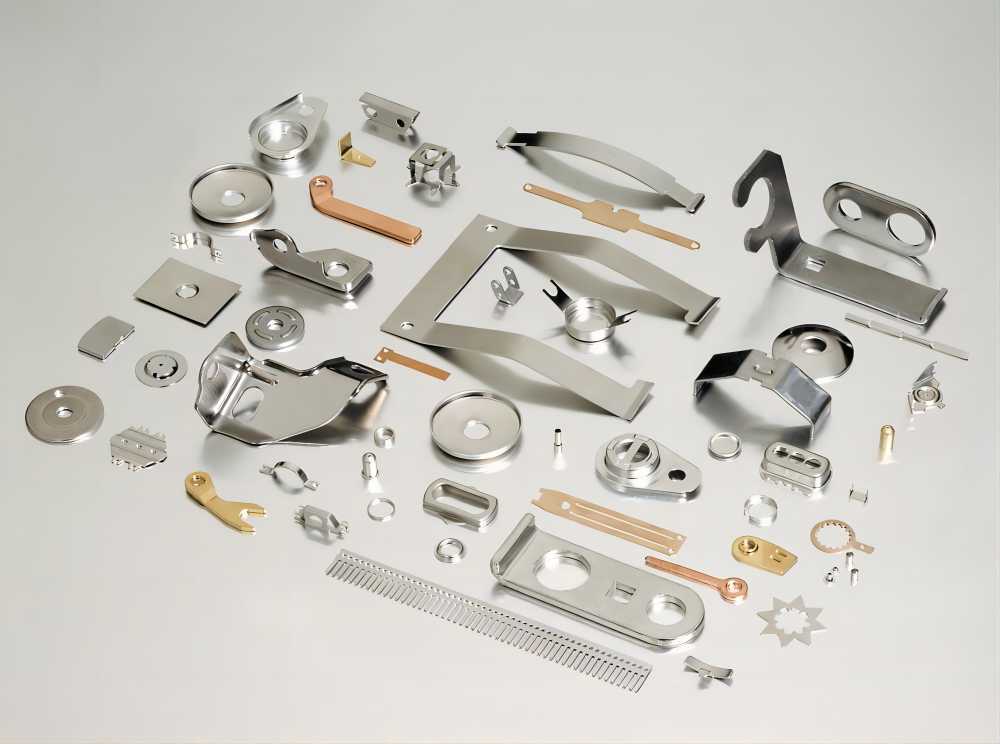
What are the Key Aspects of the Metal Stamping Process with High-Strength Steel Alloys?
The combination of advanced steel alloys with precise stamping techniques has become a cornerstone in manufacturing, enabling the manufacture of complicated and durable parts.
1. Material Selection
- Alloy Composition: Manganese, chromium, nickel, and molybdenum are among the alloying elements used to create high-strength steel. This precise composition adds to the alloys’ outstanding strength and formability.
- Strength-to-Weight Ratio: The selection of high-strength steel alloys is motivated by the demand for components with high tensile strength while being lightweight. This favorable strength-to-weight ratio is especially important in areas where lightweight materials are preferred.
2. Die Design and Tooling
- Precision Tooling: The success of the metal stamping process is strongly dependent on the design and precision of the stamping dies. Engineers design dies tailored to the specific requirements of high-strength steel alloys, accounting for factors such as material thickness, desired shapes, and intricate details.
- Tool Material: Stamping tools are often made from hardened materials capable of withstanding the forces involved in the stamping process. The choice of tool material is crucial to ensure durability and longevity.
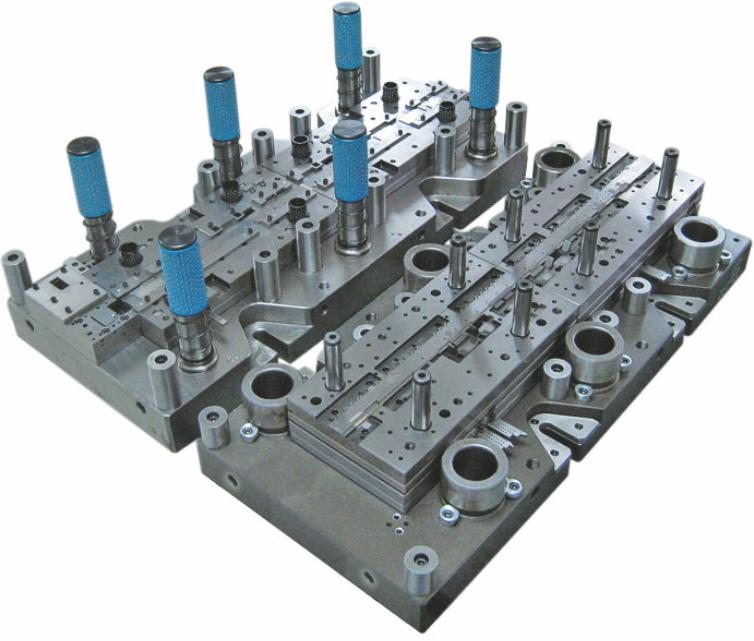
3. Stamping Process
- Feeding and Positioning: High-strength steel coils or sheets are fed into the stamping press and precisely positioned during the stamping operation. Precision feeding is required to ensure stamped components are accurate and consistent.
- Blanking: The initial stage includes cutting the material into the appropriate shape, providing a blank that acts as the foundation for future stamping processes.
- Forming and Bending: Stamping presses use tremendous power to high-strength steel blanks, molding them into complicated shapes and bends. The alloys’ increased formability enables the production of complicated geometries with tight tolerances.
- Piercing and Punching: Additional processes may include drilling holes or punching details into stamped pieces—the durability and deformation resistance of high-strength steel help to ensure the precision of these procedures.
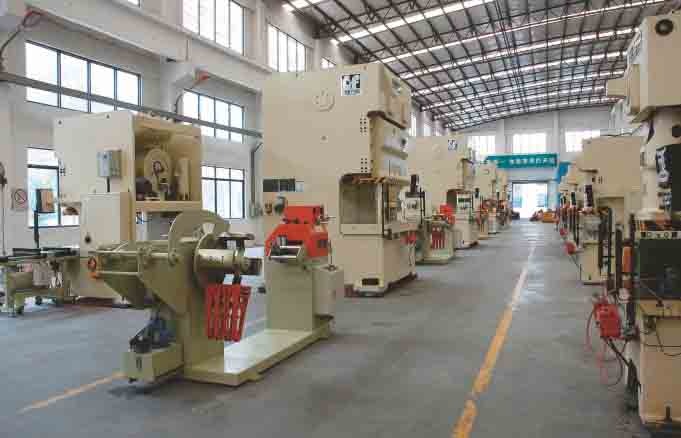
4. Quality Control
- In-Line Inspections: Modern metal stamping factories frequently use in-line inspection equipment to assure the quality and dimensional accuracy of stamped parts during production. Automated vision systems and sensors identify deviations from specs, enabling for immediate modifications.
- Material Testing: Material tests are also conducted as part of quality control to analyze the mechanical properties of high-strength steel alloys. This guarantees that the stamped parts fulfill the strength and durability requirements.
5. Surface Treatment and Finishing
Coating and Finishing: Following the metal stamping process, items may be subjected to surface treatments such as coating or plating to improve corrosion resistance and aesthetics. High-strength steel alloys’ compatibility with various surface treatments enables a variety of finishing options.
6. Application in Industries
- Automotive Industry
High-strength steel alloys have transformed the automotive industry by allowing the manufacturing of lightweight yet durable metal stamping components. From chassis and body panels to structural reinforcements, these alloys play a pivotal role in enhancing fuel efficiency and vehicle safety.
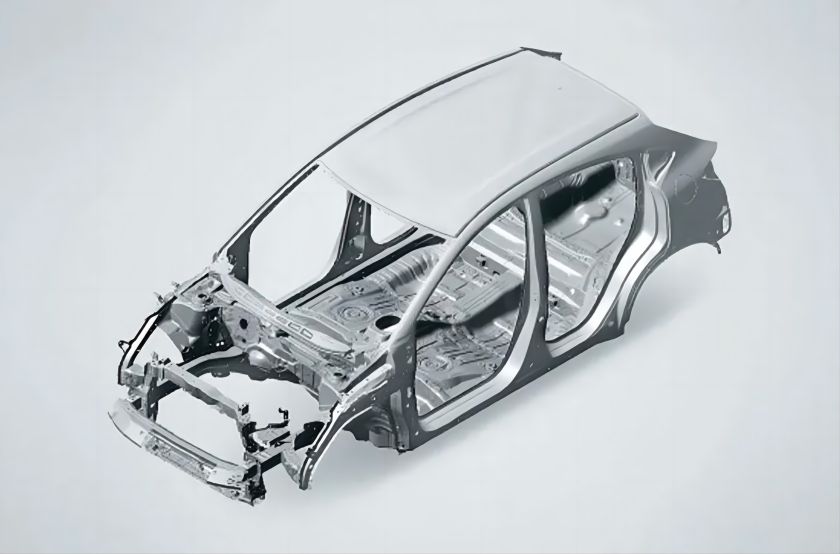
- Aerospace Components
In aerospace manufacturing, where weight is a critical factor, high-strength steel alloys find applications in the production of aircraft components. Wing structures, landing gear, and other critical parts benefit from the alloy’s strength and reduced weight.
- Consumer Electronics
The consumer electronics industry leverages high-strength steel alloys in the production of lightweight, durable casings and structural components for devices such as laptops, smartphones, and wearables.
- Industrial Equipment
Industrial machinery and equipment manufacturers use high-strength steel alloys to produce lightweight yet durable parts. This improves the overall efficiency and durability of various machinery.
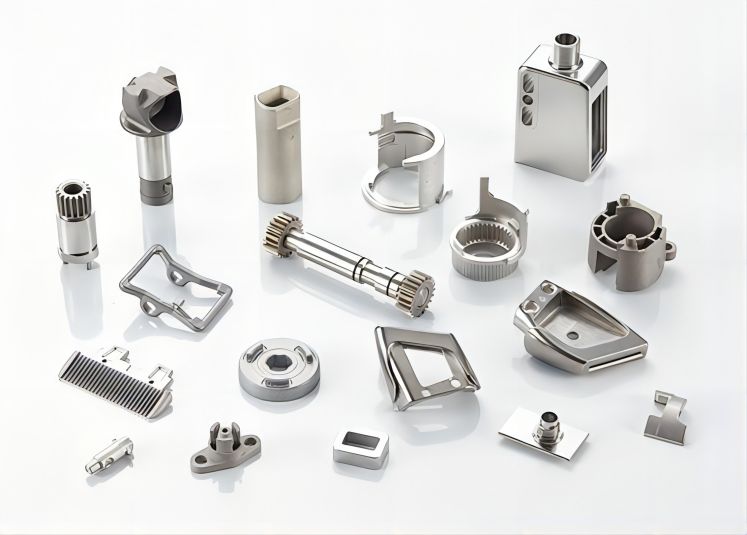
Conclusion
High-strength steel alloys represent a paradigm shift in material science, enabling industries to manufacture lightweight yet durable components using metal stamping methods. As the desire for efficiency, sustainability, and performance drives innovation, these steel alloys demonstrate the revolutionary power of materials engineering. The widespread use of high-strength steel alloys in metal stamping not only improves the capabilities of various industries, but also paves the way for a future in which lightweight materials push the frontiers of what is possible in manufacturing and design.

